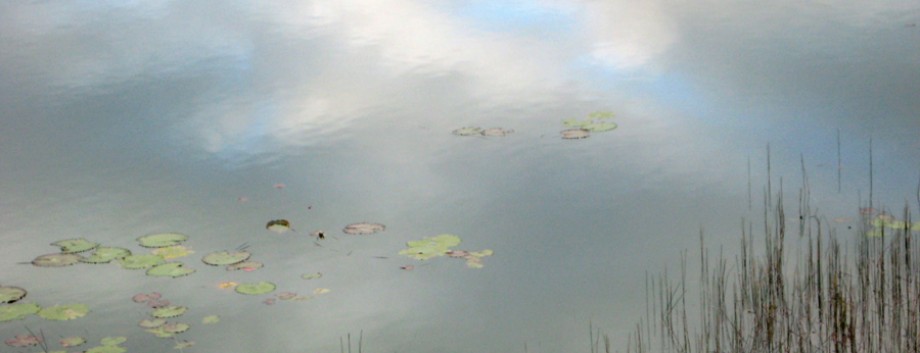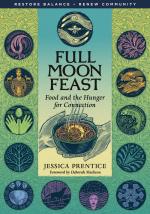Imagine this … You wake up in the dead of night. You had settled yourself onto a rough pallet in this rustic adobe room some hours before and drifted off to sleep, feeling the sharp contrast between the cold on your face and the warmth of your body in your sleeping bag.
You’re alone.
But suddenly you’re not alone. A few feet away, the door to the outside flies open and a Quechua man strides in. He crosses in front of your bed, glancing over at you and peeks into the rudimentary bathroom just beyond. Then he turns around and strides out.
About that time, you glance across at the window and see several Quechua faces staring in at you. Strangely, you can see their features clearly in the glow of a light—even though they should have been backlit by the full moon.
That’s when you realize you’re levitating slightly…and can’t move. Your body is paralyzed, hanging in space. You’re terrified. You attempt to scream and nothing emerges. But you can feel the sound building in your throat trying to burst out.
Your eyes dart frantically around the room. There’s a diaphanous figure over in the corner that begins to float toward you. Your heart pounds as you struggle inside your paralysis.
Then the figure sits beside you. You feel a loving energy projected toward you. All your fear disappears.
You awake the next morning refreshed…with every detail of the last night’s occurrence emblazoned in your mind.
This is not a story I invented. It happened to me in a remote site in the Andes—another strange event along a string of others that were similar in the mechanics. When they occurred, there were always other-dimensional aspects for which I had no explanation.
The only thing I could isolate that was different from other experiences I’ve had was the paralytic nature, and this particular type had only thus far happened when I’d been away from home, usually during time set aside for a spiritual activity.
I devoted part of my book Standing Stark to paranormal activity in my own spiritual evolution, not to titillate but to offer readers knowledge toward what may occur during the process in the way of energy, visions, physical sensations and more. Some deeply meaningful, others not so much. There’s little in spiritual literature that addresses these things.
Somewhere along the line, I heard the term sleep paralysis and began to wonder if there was an explanation for my experiences. So when Ryan Hurd’s book came to my attention I had to read it.
Early into his book, there’s a chapter on personality characteristics of life-long sufferers. Some of those he lists pertain to me. Others don’t at all. He goes into various components of the SP (sleep paralysis) experience. Again, there are some common aspects to mine.
He links SP to lucid dreaming, hypnagogic visions and core beliefs. It also may be one symptom of spiritual emergency, a condition validated in the DSM IV, the diagnostic manual for the American Psychiatric Association, that may occur when people are undergoing deep spiritual questioning or other significant life transitions that create chaos. Stan Grof and the late Christina Grof, known for their work in holotropic breathwork, spearheaded research in this area in the 1980s and were central in providing a spiritual emergency network for those who needed support during such a crisis.
There’s a chapter on what Hurd calls The Stranger, meaning the spirit-type figure that appears in “about 14-18% of isolated SP cases” with details on types of experiences. I’ve experienced most of them, some without the SP component in a fully awake state in broad daylight. Much of the information is addressed in relation to what answers scientific and psychological studies can give for something that occurs across cultures and stretches way back in history. It’s particularly prevalent in Indigenous cultures that value dreaming, parallel worlds and the life instruction that can come as a result, as well as those who inhabit places that have strong geomagnetic characteristics.
Hurd offers practical ways to deal with SP and apparitions—and gain self-mastery in the process. These include: grounding yourself, diet, lucid dreaming and out-of-body practices, even ways to trigger SP if you’re so inclined.
This book doesn’t answer everything having to do with the events in my own life, but it’s certainly a good start, guidance always being welcome. I recommend this book certainly if you’re undergoing anything described in this review, or for anyone who is curious.
Available in print or e-book on Amazon.










